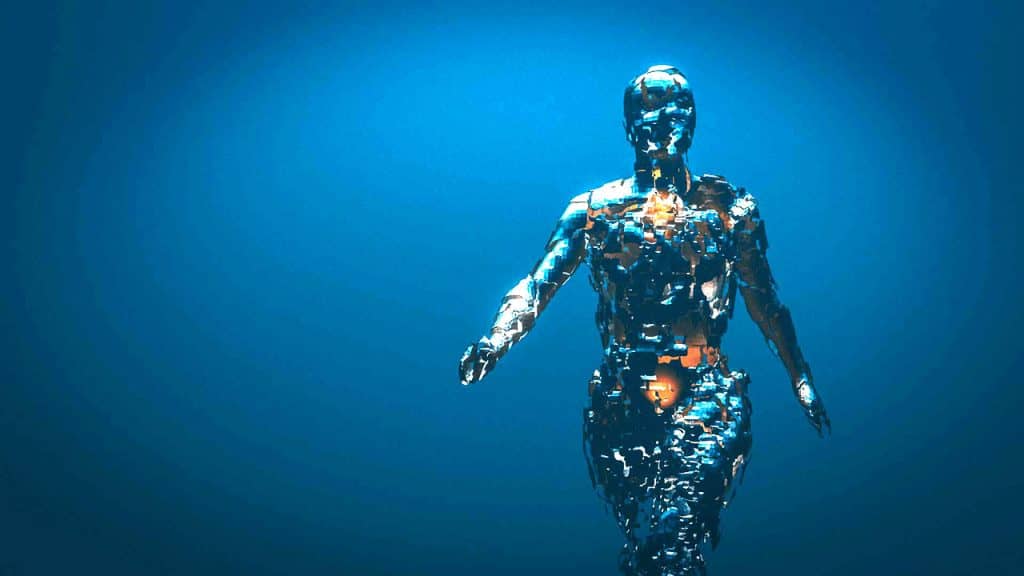The Limitations of Artificial Intelligence
To a person living as soon as half a century ago, firing people from your call centre department to hire data scientists in their stead may have seemed as all but the most eccentric idea imaginable.

By Iffy Kukkoo
01 Jul, 2017
Where AI May Fail Us
To a person living as soon as half a century ago, firing people from your call centre department to hire data scientists in their stead may have seemed as all but the most eccentric idea imaginable. To us, using bots instead of people seems as nothing less than a necessity: the times are changing and machines are taking over.
But, there’s still so much to do in the meantime! In fact, even though most experts rightly claim that we have progressed to a point of no return as far as AI is concerned, and even though supercomputers, in relatively short time, have evolved enough so as to be able to beat some of our best guys at board games humans have studied for millennia, in general, humans are still way smarter than computers and creating a fully functional human brain is still some miles away.
Microsoft’s bot Tay transforming from enthusiastic teenage girl into a Hitler-loving sex robot in less than a day, road accidents among self-driving cars, or insufficient filtering of inappropriate content – are merely some of the ways AI has failed us and is failing us daily. As is obvious from the given examples, as opposed to a human blunder, one made by an AI-driven system may be more difficult to manage and far more serious from financial or ethical perspective.
But, let’s face it: errors haven’t stopped humanity before, and they probably won’t this time as well. And that’s a good thing, since, in the opposite case, we probably wouldn’t have invented well, almost everything. True, all things have their limits, but, even truer, this doesn’t mean that we should stop exploring.
On the contrary, in fact: the better we come to know the limits of something, the more chances we have to go beyond them.
The Way AI Works and the Way It Doesn’t
By now, you should already know that artificial intelligence (AI) and machine learning (ML) are two different, yet closely associated, concepts. AI is the umbrella term, its interests being wider than ML and its research taking into account any device able to mimic man’s cognitive functions. ML, on the other hand, is AI’s most important subfield, an application of AI which gives machines an ability to learn independently, without being programmed to do so.
Artificial neural networks (ANNs) – so, learning algorithms inspired by the functional aspects of biological neural networks – should be the pinnacle of all the hard work some of the best minds on the planet have put in during the past few decades. By feeding ANNs with relevant data, scientists expect to get high-precision predictions about many different areas of life, anything from filtering spam to detecting cancer tumours.
However, despite all the advancements in deep learning (a collective name given to all the ML techniques usually associated with ANNs), scientists can’t seem to find a solution to the great AI problem: the lack of true consciousness. To be fair, human consciousness is one of the great scientific mysteries ever since the dawn of civilization (we know just a little more about it than the Ancient Greeks), but as long as existing ML methods fail to reproduce it in inanimate beings, there’s a reason to believe that we still haven’t discovered the right technique to do this. For all we know, ML may be the wrong method. Or it may be impossible.
A closer look may help us understand better the limitations of AI and their implications.
1) Lack of Consciousness
Even the smartest programs can’t learn the way humans do. The architecture of a “computer brain” differs significantly from the one present in a human brain.
A simple example: how many times a person should be shown an object to recognize it in the future? One or, perhaps, few times the most, right? It’s completely different when it comes to making a computer program learn. If you want to make it, let’s say, recognize the same object a human can in a second, you will need to feed the program with large datasets.
But wait, you say, I just read that image recognition isn’t really a problem any longer! That’s true, of course – but only if you have enough data at your disposal and you don’t expect a program to understand the relevant context. The latter is the real issue, the one we can’t really think of a way to tackle.
Whether it’s text analytics or filtering inappropriate video content, the issue emerges again and again: even the most advanced AI-powered systems are unable to grasp underlying contexts. You can train them to recognize visual (in image, speech and emotion recognition) or audio (in voice recognition) patterns, but they still won’t be able to get the full picture.
Now, don’t get me wrong: this doesn’t mean that modern AI is useless. Far from it. ML is advantageous whenever we need to process huge amounts of data. Computing speed isn’t the strongest side of the human brain, and neither is the ability to simultaneously deal with so many information at once.
But, one thing is still far from the reach of both ML and AI: its consciousness, the ability to be aware.

 Do you need some help?
Do you need some help?
2) The “Black Box” of ANNs
Deep learning (DL), as mentioned above, is as far as we have advanced in AI. In DL, scientists work almost exclusively with ANNs. And since a lot of data needs to be processed before an accurate model is created to be used by ANNs for future predictions, the architecture of ANNs is becoming more and more complex.
Here’s the tricky part: the more complex ANNs become, the more difficult it becomes to understand how they produce the predictive models. We have started losing the control over something we ourselves have created! This is how Tommi Jaakkola, a professor at MIT, explains the problem:


 Tommi Jaakkola
Tommi Jaakkola


